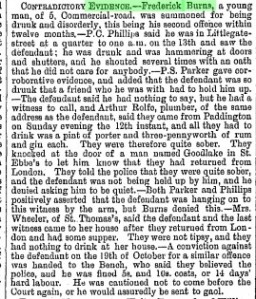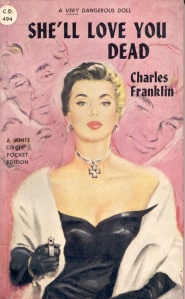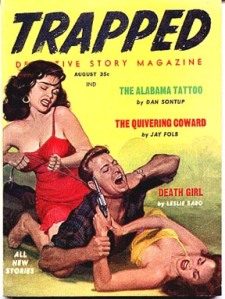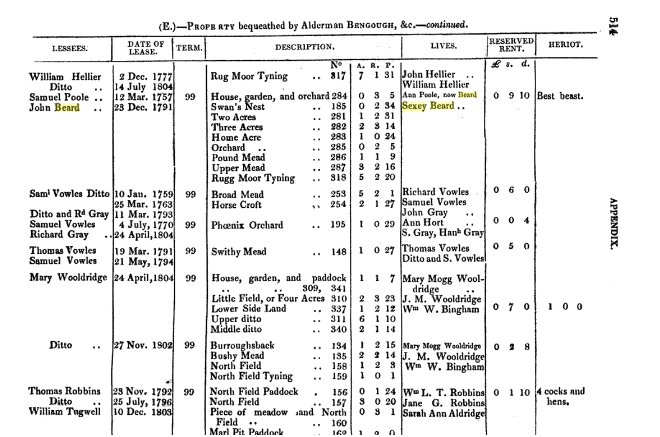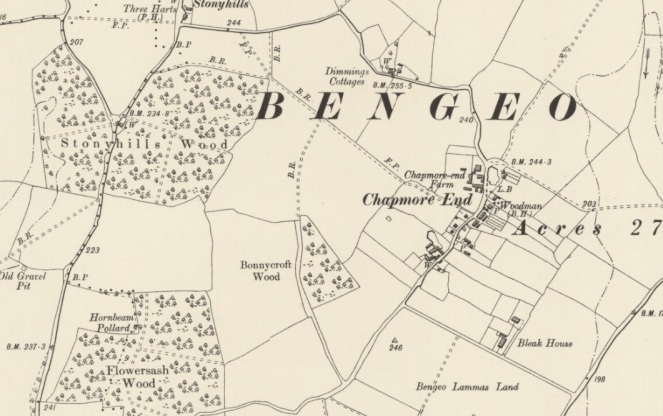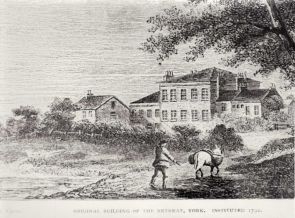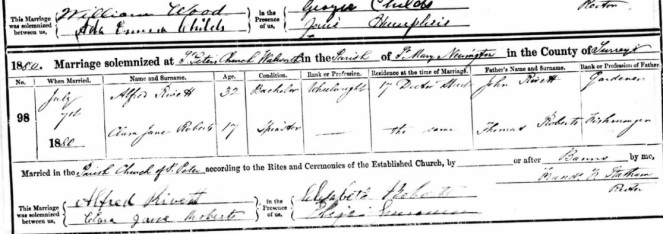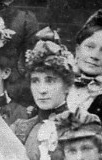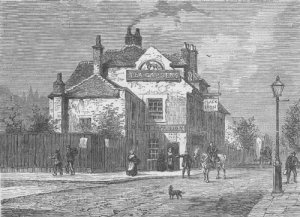Shade Burns sounds like the sort of moody paradoxical title I’d have given a poem during my teenage years, but it is in fact the name of a man born in 1835, in Stoke-Beurne, Northampton.
It took me a little while to find his baptism, because on the 1851 census he and his siblings are shown as being born in Oxfordshire, and his name is down as Shadrach, not Shade.
There are two reasons why I’m sure the Shade, Shaid and Shadrack I found in the censuses and baptism are the same person.
One is that his sister is living with them and her new husband in 1851, as Hannah Hizzard, and she later appears in the newspaper article connected to Shade (I’ll come to that in a bit) and the second is this great comment on the place of birth on the baptism; ‘Accidentally in Stoke-Beurne’. Maybe he came early, or the conception date was a bit off, or they were delayed in their journey home… I find myself wondering, was he born in their cart or carriage at the side of the road? Or did the family rent lodgings as they travelled for work – perhaps they were charged extra for the additional laundry!

There is the possibility that the name Shadrach being recorded by the 1851 census enumerator was a case of the enumerator just deciding that Shade was clearly short for the more common Biblical name. There would also be a subtle pun for anyone who knows their Bible (I don’t, but thankfully for me Google and Wikipedia do) as Shadrach was one of the Jewish men thrown into a fiery furnace by Nebuchadnezzar, king of Babylon, when they refused to bow down to the king’s image. ‘Shadrach Burns’…Cheery! However his baptism says Shaid, and he calles himself Shade, so Shaid/Shade he will be.
In 1860 Shade marries widow Sarah Taylor (nee Johnson), and the 1861 census shows them living with their 8 month old daughter Rebecca and 3 children from Sarah’s first marriage. His occupation is Hardware dealer, although on Rebecca’s baptism (she is baptised Rosa Rebecca) it says he is a ‘Broker’, which is essentially a salesman or ‘middleman’ who arranges sales rather than someone who sells directly.
The UK City and country directories have him as an Ironmonger in 1864, and then back to being a Broker (and Cane worker) in 1876.
By 1871 they have 2 more sons, Frederick and George, but sadly Rebecca died in December 1861 and William Taylor, Sarah’s last son from her first marriage, died aged 9 in 1867, two terrible losses.
There’s a tendency to ‘brush off’ deaths of children in the Victorian period, we’re constantly told horrifying statistics of child mortality to the point where it can be perceived as expected by Victorian parents, but this just isn’t the case, I have generations of large families in my own tree where no children are lost, and have read countless heartfelt monuments to young children who have died placed in Churches, and in this case Shade’s family are not living in poverty or in a large industrial city where malnutrition and disease were a little more expected.
Then in 1874 Sarah passes away, and in 1880 Shade also dies, on Valentine’s Day.
In his Will, it shows that he leaves his money to his Step-son Edward Thomas, who at the young age of 23 becomes legal guardian of Shade’s two sons; George aged almost 18 and Frederick, 16.. Despite this however they instead go to live with their cousin Thomas Wheeler, a coal merchant, in Norfolk Street (the house no longer exists, in it’s place stands a rather monstrous multi storey car park).
Then as now, no matter how much or little someone leaves when they die, there can be disputes amongst siblings and extended family about who get what and who said what to whom, and in this case an incident occurring from such an argument was reported in the local newspaper, only it is the landlord who takes exception!
Here Hannah Hizzard is reported with the H’s dropped as Anna Izzard – she has gone to her brother’s lodgings and taken property deeds and money from his belongings (7l being around £300 in today’s money), and then had them promptly, and forcedly, taken from her person by the landlord. Not only is her case dropped but no mention is made of what happened afterwards. We can only ascertain that Thomas Wheeler, the cousin, took possession.
It is interesting that she does not take them to court here for any reimbursement of those items but actually for the assault upon her – perhaps because she knew her claim to those would never come to pass she was trying to get reimbursement via compensation for the assault.
This article brings to light numerous insights into her and Shade’s situations at the time. Firstly, Shade is in the possession of property, yet he is lodging in a ‘Beerhouse’. He is also apparently unwell enough that his sister is needing to ‘attend’ him for 5 weeks and he said she could sleep at the lodgings. The fact she is choosing to sleep there suggests that Shade was sick enough to warrant round-the-clock care, as Hannah’s home is some 20 miles away in Ardley. If this is the case, you have to feel for poor Hannah, who has caused such disruption to her own family life (her youngest son is still only 10 at this point) and with only her version of her brother’s words to defend herself, he not having made any provision for her in his will or publicly announcing any intentions before he died. Could then his death had been sudden? Seen as temporary, perhaps he intended to return home? His obituary in the newspaper, although short, mentions that he previously lived at Ebb street as well as the location of his death, as if he were still to return there or owned the house still. The fact his will leaves everything to his step-son rather than two near adult sons also suggest it was made earlier, when they were much younger, and had not since been updated.
Hannah herself is living with her husband back in Ardley by the 1881 census, and in 1891 now bears the occupation of ‘Midwife (sick)’. Sick before the occupation of Nurse, Midwife etc. means that she is caring for sick mothers/babies temporarily rather than is sick herself. The distinction is made when a nurse or midwife is not permanently employed/present at a hospital. She dies in 1895, leaving just £48 to a James Smith and David Walter, two people who I have no idea of their connection to her. A mystery I will look into at a later date, for my own curiosity.
His sons however, do not fare so well.
Both George and Frederick are living with the Wheelers in 1881, by 1891 George has married and moved out with his wife Mary, and Frederick is living with them. 1901 find Frederick in prison, and in 1911 I can’t find him despite knowing he doesn’t die until 1916, still in Oxfordshire.
It did not take me long to find numerous newspaper records of his court appearances. The first is a rather mild accessory to poaching one rabbit, or rather he was a lookout for another man along with 3 others. The next is for being drunk and disorderly, the one after shows that perhaps his family are still trying to help him/stay on his side.
At the end there’s a rather poignant caution from the judge to not come before them again… needless to say he does, for breach of the peace for fighting, theft and most often, drunk and disorderly.
On February 24th however it is reported again that he is charged for theft – his 20th conviction!
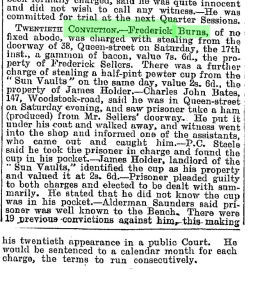
At first I thought the last remark meant he would be given 20 months in prison, one for each previous offence, but actually it seems it was only 2 months, one for each charge of stealing from this court appearance, as although he is indeed in prison in Warwick in the 1901 census in April, he is back in court by August 1900 for being Drunk and disorderly again. (Although to be fair to Frederick, he was merely ‘sleeping it off’ in a doorway when a policeman rudely awakened him by dragging him upright, so began swearing at him and ‘making a scene’).
It goes quite quiet for Frederick then, bearing in mind we know he lives until 1916 I can’t find him in the 1911 census, and although we know from newspaper reports he travels to London occasionally, presumably to find work, his death is registered in Abingdon.
George however is definitely in London in 1911, working as a labourer in a house with 20 other men in Lambeth, houses which have now been split into flats, a one bedroom flat being worth over £500,000!
He is listed as single rather than widowed, and a quick search shows Mary as an inmate of Headington Union workhouse a couple of miles east of Oxford, aged 45 with a 2 year old son, John Price Burns, her first child. She is listed as widowed although we know George is alive, and the baptism for James Price Burns in 1909 has no father mentioned. There is a John Price living in St Ebbe in 1901, perhaps Mary had an affair and George left her, or perhaps George abandoned her first, the child could well be his (only DNA testing with mutual descendants could prove it) and she was saying she was widowed so he didn’t get called in for letting her become chargeable to the parish – it doesn’t help that I haven’t yet been able to find Mary or George in the 1901 censuses, so am unable to see if they were still together then, although as they are both ‘missing’ it suggests they were and are lost on a rogue record somewhere.
For such a small family they certainly had their share of upset and trouble, both parents and 2 siblings die, those left struggling with alcohol or experiencing a marriage breakdown. Despite this though they did seem to be a family who wanted to help each other out or stick together and up for each other as much as was reasonable; victims of circumstance.



